Understanding and Preventing Neon Tetra Disease in Your Aquarium
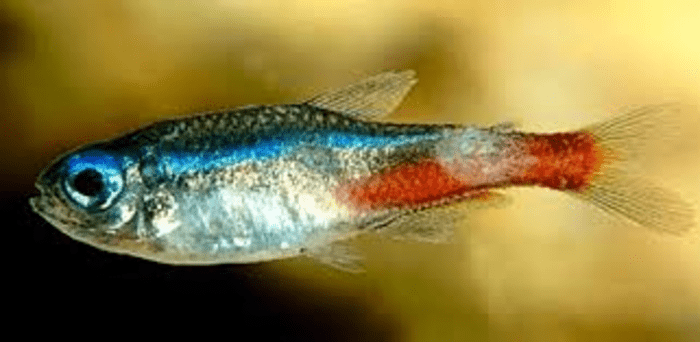
Introduction
Neon Tetra Disease (NTD) is a prevalent challenge in the world of Tetra aquariums. This blog post delves into the intricacies of NTD, providing valuable insights and actionable advice to help you safeguard your Neon Tetra. By understanding and implementing these strategies, you can maintain a healthy, vibrant aquarium.
1. The Mystery of Neon Tetra Disease: What You Need to Know
Neon Tetra Disease, caused by the parasite Pleistophora hyphessobryconis, is a major concern for aquarium enthusiasts. This disease targets the muscles of the fish, leading to a host of problems including irregular swimming and fading colors. Early symptoms like restlessness and loss of coloration are subtle but crucial for early detection. Unfortunately, once NTD takes hold, it’s typically fatal, with no known cure. Therefore, understanding and recognizing these signs is key to preventing the spread within your aquarium. The disease primarily affects Neon Tetra but can also impact other fish species, making it a widespread threat to aquarium health.
2. Preventative Measures
Prevention is the most effective strategy against Neon Tetra Disease. The cornerstone of prevention is maintaining a stress-free environment for your fish. Stress weakens the immune system, making fish more susceptible to diseases like NTD. To minimize stress, ensure your tank mimics the natural habitat of Neon Tetra. This includes maintaining appropriate water temperature and pH levels, as well as providing hiding spaces and a peaceful community of fish. Quarantining new arrivals for at least two weeks before introducing them to your main tank is also crucial. This step helps in identifying any potential health issues that could be harmful to your existing aquatic community.
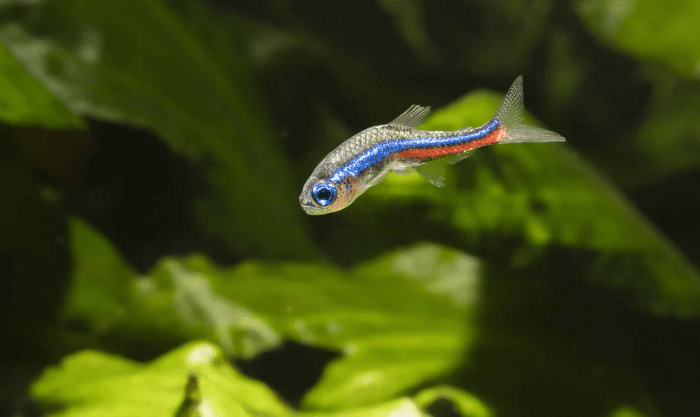
3. Optimal Tank Conditions: Your First Line of Defense
Creating and maintaining optimal tank conditions is essential for preventing Neon Tetra Disease. Neon Tetras thrive in clean, well-oxygenated water with a temperature between 72-76°F and a pH level of 6.0-7.0. Regular water changes (at least 25% weekly) are crucial for removing toxins and keeping water parameters stable. Equally important is a reliable filtration system to maintain water clarity and remove harmful substances. Additionally, avoid overcrowding as it can lead to increased waste and stress, creating an environment conducive to the spread of diseases. By diligently monitoring and maintaining these conditions, you can significantly reduce the risk of NTD in your aquarium.
4. Understanding the Risk Factors of Neon Tetra Disease
Understanding and managing the risk factors associated with Neon Tetra Disease is vital. One of the primary risk factors is introducing infected fish into your aquarium. Always quarantine new fish before adding them to your tank. Stress is another significant risk factor that can compromise the immune systems of your Neon Tetra, making them more susceptible to NTD. Common stressors include poor water quality, rapid changes in water parameters, and aggressive tank mates. Additionally, overfeeding can lead to poor water conditions, further stressing your fish. Being vigilant about these risk factors can help in preventing the occurrence of Neon Tetra Disease.
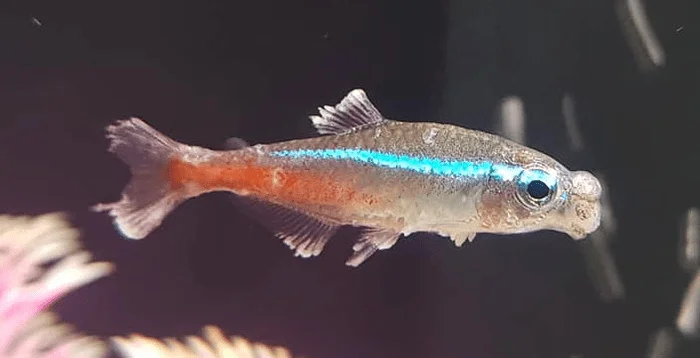
5. Early Detection: The Key to Containment
Early detection of Neon Tetra Disease is critical for containment. Regular observation of your fish’s behavior and appearance is essential. Signs to look out for include changes in swimming patterns, loss of color, and a lack of appetite. Isolate any fish showing symptoms to prevent the disease from spreading. Unfortunately, there’s no cure for NTD, so early detection primarily serves to protect the rest of your aquarium inhabitants. Regular health checks and maintaining a stable environment are key practices for early detection and containment of the disease.
6. Nutrition: A Cornerstone of Neon Tetra Disease Prevention
A balanced diet is crucial for the overall health and immunity of Neon Tetra. These fish are omnivores, requiring a mix of plant and animal-based foods. High-quality flake food, brine shrimp, daphnia, and bloodworms are excellent choices, providing the necessary nutrients. Variety in their diet not only ensures they receive all essential nutrients but also enhances their immune system, making them less susceptible to diseases like NTD. Feeding them two to three times a day in small amounts that they can consume within a few minutes helps maintain water quality by reducing uneaten food and waste.
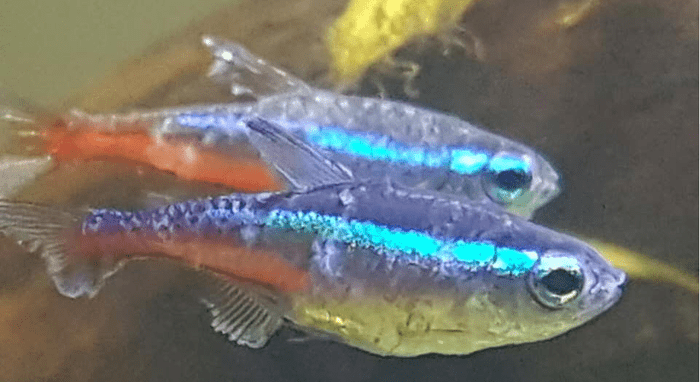
7. The Role of Water Quality in Preventing NTD
Maintaining high water quality is imperative in preventing Neon Tetra Disease. Regularly test your aquarium water for ammonia, nitrite, nitrate, pH, and temperature. Ammonia and nitrite levels should always be at zero, while nitrate levels should be kept as low as possible. Sudden changes in water parameters can stress fish, making them more vulnerable to diseases. To maintain water quality, perform regular water changes, typically 25% per week, and ensure your filtration system is effective and clean. Also, avoid overfeeding as it leads to excess waste, further deteriorating water quality.
8. The Truth About Treatment
When it comes to treating Neon Tetra Disease, options are limited due to the lack of a definitive cure. The focus should be on prevention and early detection to protect the rest of the tank. If a fish is suspected of having NTD, isolate it immediately to prevent the spread of the disease. Supportive care in the form of optimal water conditions and nutrition can be provided, but in many cases, euthanasia may be the most humane option to prevent suffering and protect other fish. Regular monitoring and maintenance of tank conditions are essential in managing the health of your Neon Tetra.
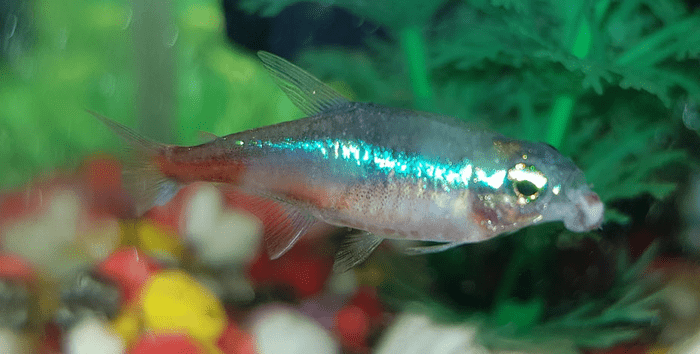
9. Learning from the Experts
Engaging with the aquarium community and staying abreast of the latest research can provide invaluable insights into managing Neon Tetra Disease. Online forums, local aquarium clubs, and professional aquarists are excellent resources for anecdotal advice and experiences. Additionally, keeping up with scientific research can offer new perspectives and preventive strategies. Sharing experiences and knowledge with fellow enthusiasts can lead to a better understanding of NTD and its management, contributing to the health and well-being of your Neon Tetra. For the most comprehensive information check out the full Neon Tetra Care Guide.
10. Wrapping Up Neon Tetra Disease
Dealing with Neon Tetra Disease requires a commitment to continuous learning and diligent aquarium care. By understanding its causes and symptoms, and implementing preventive measures, you can create a safe and healthy environment for your Neon Tetras. Regular maintenance, proper nutrition, and stress reduction are key to preventing NTD. Embrace the journey of aquarium keeping as an ongoing learning experience and enjoy the vibrant life it brings to your home.
Frequently Asked Questions
Neon Tetra Disease is generally fatal, and there is no known cure. Infected fish usually do not survive.
The progression of Neon Tetra Disease can vary; once symptoms are visible, the disease can progress rapidly, and fish may die within a few days to a week.
Ich (Ichthyophthirius multifiliis) on Neon Tetras appears as small, white, grain-like dots covering the fish’s body, fins, and gills, resembling salt grains.
Cotton Mouth Disease, also known as Columnaris, is not specific to Neon Tetras but can affect them. It’s a bacterial infection characterized by white, cotton-like patches on the mouth, fins, and body.
Conclusion
In conclusion, Neon Tetra Disease presents a formidable challenge within the aquarium hobby, yet it is not insurmountable. Through the application of informed care strategies and diligent preventive measures, aquarists can significantly mitigate the risks associated with this disease, safeguarding the health and extending the longevity of their Neon Tetras. Key to this endeavor is the adoption of rigorous quarantine procedures for new fish, regular monitoring of water quality to maintain optimal conditions, and the observance of a balanced diet to bolster the immune systems of these vibrant fish.
Moreover, educating oneself on the early signs and symptoms of Neon Tetra Disease enables early intervention, which can be crucial in preventing the spread of the disease within the tank. Implementing a proactive approach to tank maintenance, including the prompt removal of sick fish and maintaining a clean, stress-free environment, further supports the well-being of your aquatic community.
By embracing these comprehensive care practices, you not only enhance the resilience of your Neon Tetras against disease but also contribute to the overall vibrancy and health of your aquarium. This commitment to excellence in fish care allows you to fully enjoy the beauty and tranquility that a well-maintained aquarium brings. The vivid colors and serene movement of healthy Neon Tetras swimming in harmony create a living tapestry that enriches the ambiance of any space, offering a peaceful retreat from the hustle and bustle of daily life. Thus, while Neon Tetra Disease is a reality of the hobby, it does not have to define your experience. With the right knowledge and practices, you can create a thriving aquatic environment that showcases the enduring allure of these beloved fish.
Share Your Tetra Experiences
Do you have any stories or tips about your Tetra tank? Share them in the comments below!
Help Others Discover This Guide
Navigate the Tetra in your tank with confidence. This guide is your pathway to creating a vibrant and healthy aquatic showcase. Enjoy the dazzling colors and lively nature of these unique fish!

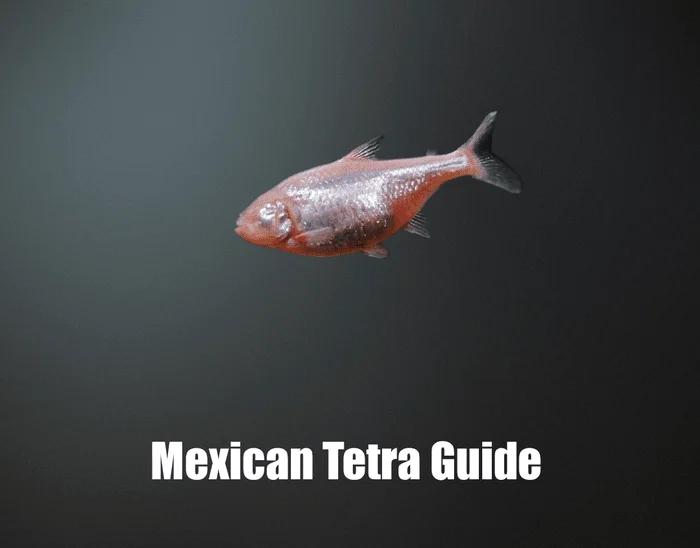
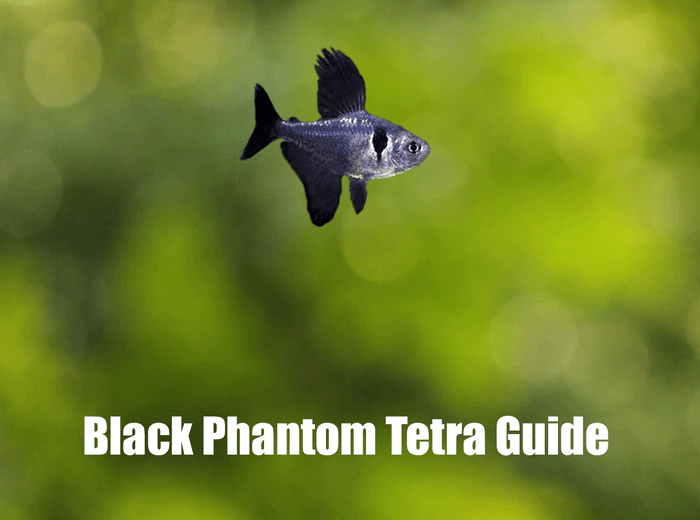
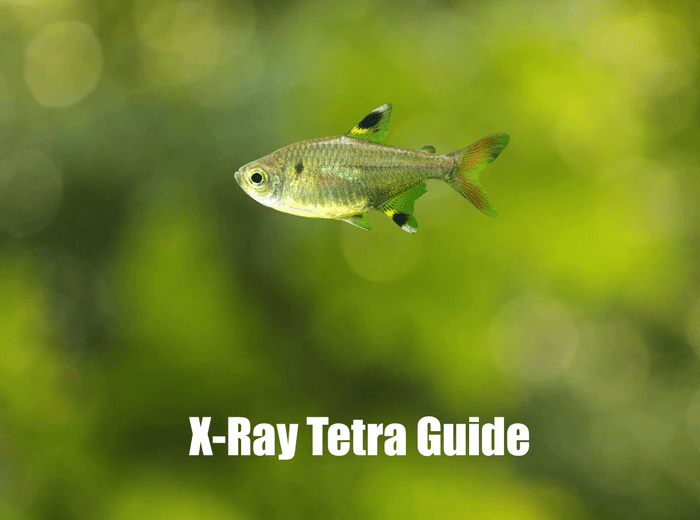
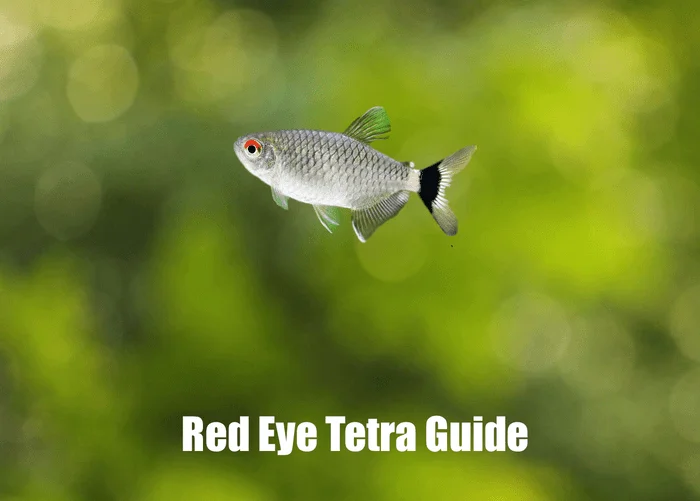
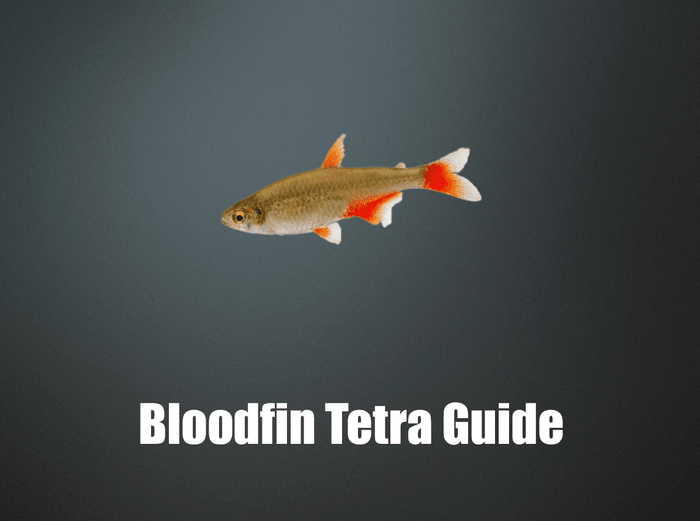
Pingback: Neon Tetra | Green Neon Tetra | Black Neon Tetra Explained